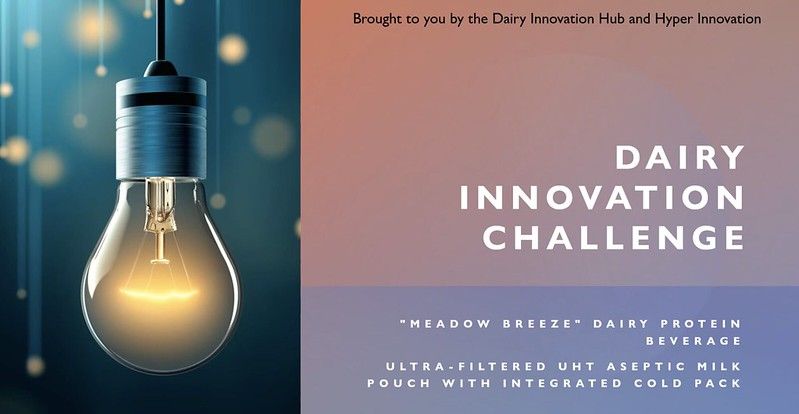
Cold milk has long been offered alongside a lunch or snack in elementary schools. Over the years, the vessel for that milk has remained the same – a traditional paper carton. Since those milk cartons require refrigerated storage and are far from beloved by students, both schools and the dairy industry have identified the need for another option to encourage milk consumption.
To help address this need, Caroline Lunning, a UW–Madison undergraduate studying food science, partnered with three other students to develop an innovative design for a shelf-stable, quick-cool milk pouch. With support from an industry mentor, the team submitted their concept to the UW Dairy Innovation Hub Student Challenge.
“It was really gratifying to have an opportunity to work with other students outside of the curriculum to apply what we’re learning to something so important,” says Lunning, a returning adult student who previously cooked in restaurants for 20 years.
The team’s efforts received an enthusiastic thumbs up from their mentor.
“Fluid milk packaging really lags behind in the creativity department,” says John Holevoet, director of government affairs for the Wisconsin Dairy Business Association. “It was really impressive to see a group of students come up with a cool new idea on how to do it.”
That issue was just one of a variety of industry challenges addressed by the Dairy Innovation Hub Student Challenge. Dairy is an important agricultural sector in Wisconsin, generating $43.4 billion annually for Wisconsin’s economy. It’s been a tough stretch for dairy farmers lately, who have received low prices for their milk for the past many years. And the industry has also been struggling with changing consumer preferences. Fluid milk consumption has been down, yet the demand for other dairy products, such as cheese, has increased.
These challenges, outlined by the state of Wisconsin’s recent Dairy Task Force 2.0, inspired CALS Associate Dean Heidi Zoerb to develop the Student Challenge. Her proposal was one of seven projects funded by the Hub, whose main priority is supporting Wisconsin dairy research and development.
“We thought it was a great opportunity to leverage student creativity to address some of these issues,” says Zoerb.
The Hub’s Student Challenge benefited from the involvement of three University of Wisconsin schools: UW–Madison, UW–River Falls, and UW–Platteville. With the help of industry mentors, students came together to propose innovative solutions for the three areas of focus, which were based on the task force recommendations: encouraging dairy consumption of Wisconsin students, enhancing the shelf life of dairy products, and utilizing new technologies to improve dairy farming. Zoerb partnered with Hyper Innovation, a local innovation agency focused on bridging the gap between complex problems in industry.
The COVID-19 pandemic put a wrench in the original plan, which included in-person meetings over the span of eight weeks. Instead, the challenge had to be reformatted to be online. Weekly meetings on UW–Madison’s campus were replaced with Zoom calls. These took place during September to November of 2020.
“One of the hidden benefits about the whole thing being online was that it was actually easier for all three campuses to participate on a much more level playing field because everyone was confined to internet meetings,” says Zoerb. And instead of traveling to the UW–Madison campus, students could spend more time working on their projects.
Ash Maheshwari, a first year MBA student at UW–Madison, teamed up with two undergraduates from UW–River Falls to work on two projects simultaneously. The trio developed a concept for a clip-on septum ring to monitor a calf’s temperature and respiratory patterns, as well as an online gaming concept to encourage dairy consumption.
For Maheshwari, participating in the Student Challenge was be a great way to get more involved in the UW community. “I was the sole MBA [student] in this challenge,” says Maheshwari, “and I was eager to use what I had gained from my applied learnings on a real-world problem.”
In total, students completed seven projects, each with a unique solution to one of Hub’s areas of focus. The distinctiveness of the solutions stemmed from the variety of students involved with the challenge including undergraduates, master’s, and Ph.D. students in fields such as agriculture, business, food science, and more.
Facilitating connections was one of the main successes of the Student Challenge. For Varsha Swaminathan, the partnerships with her teammate, Lauren Sipple, and their industry mentor were invaluable.
“Our mentor, Adam Brock, was guiding and helping us throughout the project. His expertise in product development and his connections were a huge bonus,” says Swaminathan, “And Lauren was a very supportive, encouraging teammate. I believe that her constant support throughout the competition helped us win three prizes for our proposed solution.”
Their team proposed using bio-actives instead of chemical preservatives to increase the shelf-life of yogurt. The duo won Best of Focus Area: Enhance the Shelf-Life of Wisconsin Dairy Products, Best Execution Plan, and Most Sustainable. Judging took place in November 2020.
In the end, Zoerb was pleased to see students from three UW campuses jump a multitude of hurdles to introduce their innovative ideas to the Wisconsin dairy industry.
“I thought it was amazing how much these groups of students were able to get accomplished in eight weeks, virtually, during a semester where everything was really unpredictable,” says Zoerb.
Read about and watch each project’s final presentation here.

